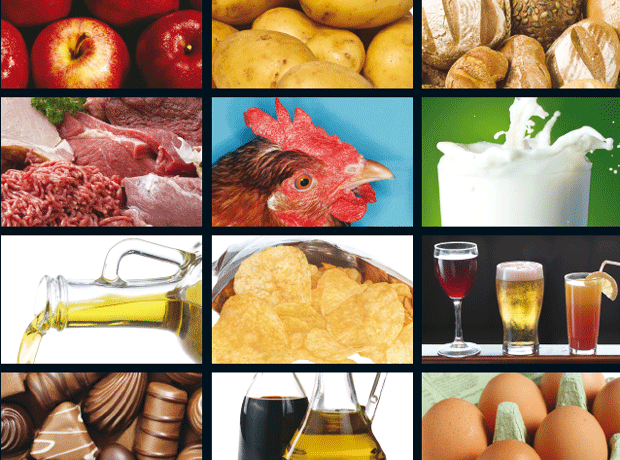Fresh food inflation slowed last month, as retailers looked to shield customers from rising costs and a depreciation in the value of the pound.
The rate of increase of fresh food decelerated to 1.3% in November from 2.2% in the previous month, according to the latest BRC-Nielsen shop price index.
However, overall shop price deflation remained static in November, falling by just 0.1% for the third consecutive month. The rate remained at a four-year low, while ambient food inflation continued to ease to 1.8% from 2.2% in October.
British Retail Consortium chief executive Helen Dickinson said: “November now marks the 55th consecutive month of deflation with the current rate the shallowest in the last four years.
“The lower projections for consumer spending, that came from the OBR’s downbeat forecast last week, and uplifts in labour costs, conjure up a perfect storm of economic pressures looming over an industry that’s already fiercely competitive. That’s why we were pleased that the Chancellor listened to us and others and brought forward the switch from RPI to CPI indexation on business rates – not the fundamental reform needed but an important step forward which will undoubtedly ease some of the pressure and enable retailers to continue with some investment which would otherwise have been threatened.
She added: “However, against a backdrop of higher import costs and a tightening squeeze on discretionary spending power, the challenges to the industry remain stark. So we will continue to press the government to put business taxation on a more affordable and sustainable footing and to enable the industry to invest in the digital skills that are needed today and in the future.”
Nielsen head of retailer and business insight Mike Watkins said: “Shop price inflation has been increasing in line with the CPI for the last six months but the index still tracks below that of the UK inflation as a whole, and the peaking of food inflation is a welcome boost to shoppers with Christmas shopping underway.
”Many inflationary increases are still being absorbed by retailers and are not being passed on to the consumer in the form of higher prices. Nevertheless, the deflation in non-food continues to overshadow the discounting and promotional activity taking place in this channel as consumers become more cautious and look for ways to save on their household bills.”






















No comments yet